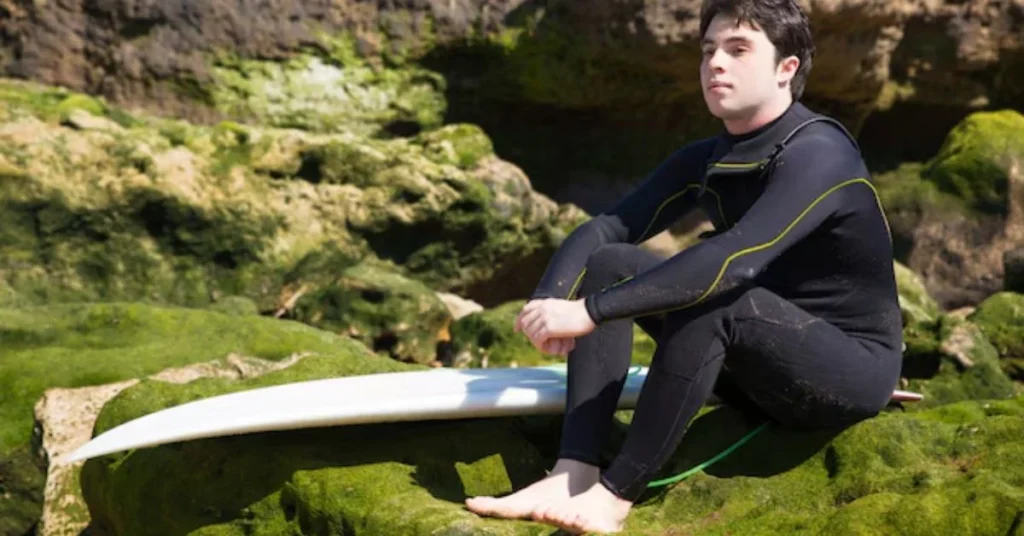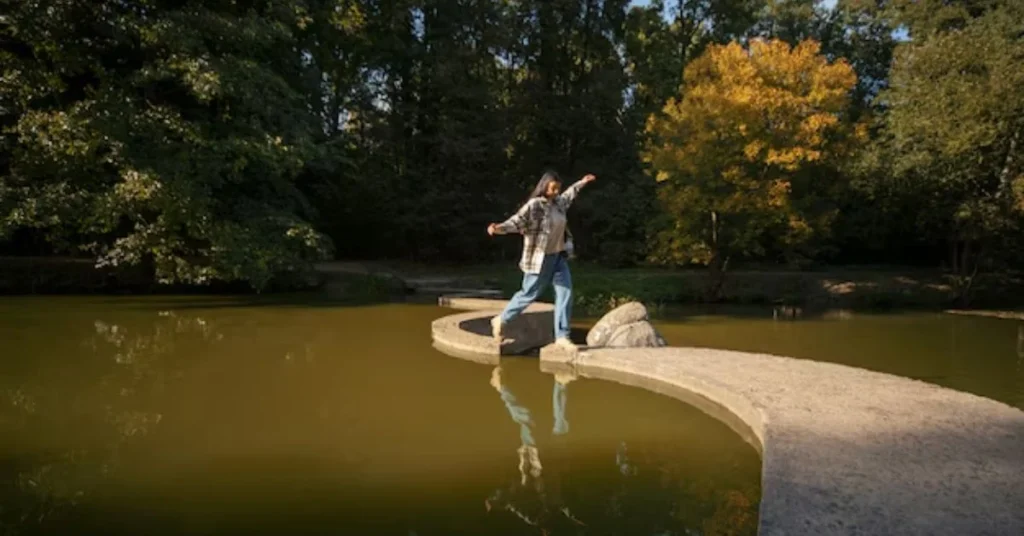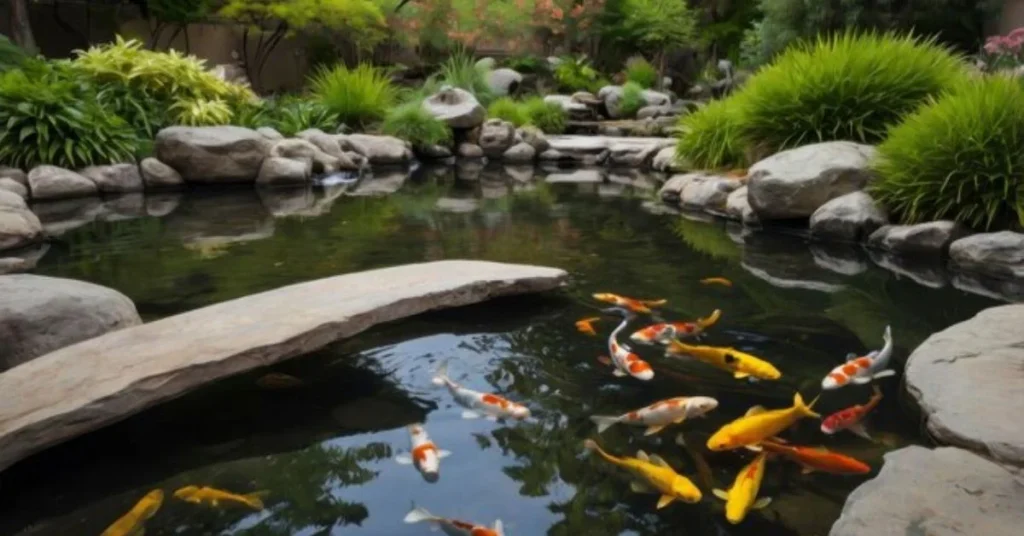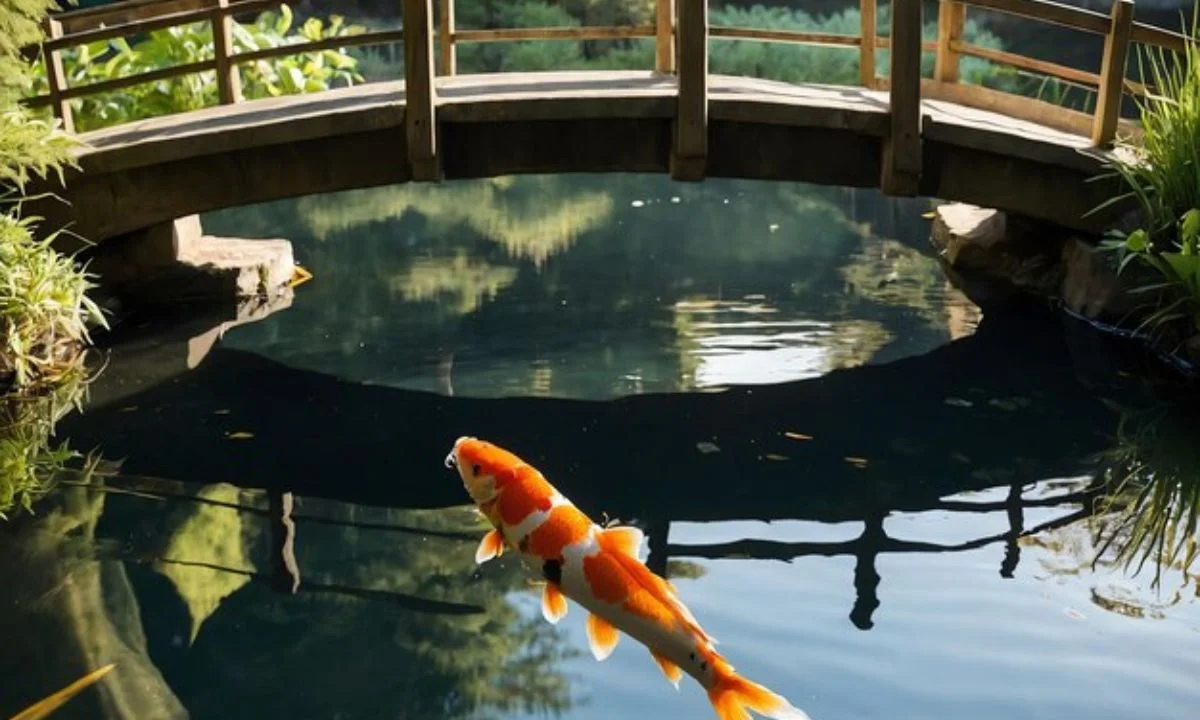The question, do fins have gardens, might sound puzzling at first. When we think of gardens, we usually picture flowers and plants on land. However, in the underwater world, fins—referring to fish and other marine creatures—create their own unique gardens. These gardens consist of vibrant coral reefs, seagrass beds, and other habitats that support a wide variety of marine life. Let’s dive into the enchanting world beneath the waves and explore how these underwater gardens thrive.
What Are Underwater Gardens?
Underwater gardens are ecosystems found beneath the ocean’s surface. They can include coral reefs, seagrass beds, and kelp forests. These areas provide habitats for countless species of fish, invertebrates, and other marine life. Just like traditional gardens on land, underwater gardens play a crucial role in maintaining biodiversity and supporting life in the ocean.
Must read What Does ROC Mean in Furniture Delivery: Everything You Need to Know
The Importance of Coral Reefs
Coral reefs are often considered the jewels of the ocean. They are made up of tiny organisms called coral polyps that build hard skeletons, forming colorful reefs. Coral reefs provide food, shelter, and breeding grounds for many fish species. They are also vital for coastal protection and are essential for tourism and fishing industries.
The Role of Seagrass Beds
What Are Seagrass Beds?
Seagrass beds are another type of underwater garden. These grassy meadows grow on the ocean floor in shallow waters. Seagrass provides important habitat for various marine animals, including fish, crabs, and sea turtles. They help stabilize the seabed and improve water quality by filtering pollutants.
Benefits of Seagrass
Seagrass beds offer numerous benefits to the environment. They absorb carbon dioxide, helping to combat climate change. Additionally, they provide food for herbivores like manatees and sea turtles. By promoting biodiversity, seagrass beds support healthy marine ecosystems.
Kelp Forests: A Unique Underwater Ecosystem
What Are Kelp Forests?
Kelp forests are another type of underwater garden, consisting of large, fast-growing seaweeds called kelp. These forests can grow in deep waters and provide a rich habitat for marine life. Kelp forests are often referred to as the “rainforests of the sea” due to their diverse ecosystems.

The Importance of Kelp Forests
Kelp forests play a vital role in supporting marine life. They provide shelter and food for various species, including fish, sea otters, and even seals. Kelp also helps to absorb carbon dioxide, making it an essential part of the ocean’s health.
Marine Life and Their Gardens
Fish and Their Habitats
Many fish species rely on underwater gardens for survival. They find food, protection, and breeding grounds among coral reefs and seagrass beds. For example, clownfish make their homes in anemones, while parrotfish munch on coral and seagrass.
Other Marine Creatures
In addition to fish, various marine creatures inhabit underwater gardens. Starfish, sea urchins, and crabs can be found on coral reefs, while seahorses often hide in seagrass beds. Each species plays a unique role in maintaining the health of these ecosystems.
The Threats to Do Fins Have Gardens
Human Impact on Marine Ecosystems
Unfortunately, underwater gardens face numerous threats from human activities. Pollution, overfishing, and climate change all pose risks to these delicate ecosystems. Coral bleaching, caused by rising ocean temperatures, leads to the loss of vibrant coral reefs, harming the marine life that depends on them.
Conservation Efforts
Efforts are being made to protect underwater gardens and their inhabitants. Marine protected areas (MPAs) have been established to conserve biodiversity and promote sustainable fishing practices. Additionally, organizations are working to restore damaged coral reefs and seagrass beds, ensuring that these vital ecosystems can thrive.

How Can We Help Do Fins Have Gardens?
Supporting Marine Conservation
One of the most effective ways to help underwater gardens is by supporting marine conservation organizations. These groups work tirelessly to protect marine ecosystems, restore habitats, and promote sustainable practices. Donations, volunteering, or participating in fundraising events can significantly impact their efforts. By backing these organizations, you contribute to research, education, and conservation initiatives that safeguard our oceans.
Reducing Plastic Use
Plastic pollution is a major threat to marine life and underwater gardens. Reducing your plastic consumption can make a big difference. Opt for reusable bags, bottles, and containers instead of single-use plastics. Additionally, participate in local clean-up events to help remove trash from beaches and waterways, ensuring a cleaner environment for marine species.
Educating Others
Spreading awareness about the importance of underwater gardens can inspire others to take action. Share information with friends and family about marine ecosystems and the threats they face. Organize or participate in educational events, workshops, or community discussions to foster a sense of responsibility for ocean health.
Supporting Sustainable Seafood
Choosing sustainably sourced seafood helps protect marine ecosystems from overfishing. Look for certifications like the Marine Stewardship Council (MSC) label when purchasing seafood. By supporting sustainable fishing practices, you contribute to the health of fish populations and the overall balance of marine ecosystems.
Advocating for Policy Changes
Get involved in advocacy efforts aimed at protecting marine environments. Support policies and legislation that promote marine conservation, such as the establishment of marine protected areas (MPAs). Contact your local representatives to express your support for initiatives that prioritize ocean health.
Practicing Responsible Tourism
If you visit coastal areas or engage in water activities, practice responsible tourism. Respect marine habitats by not touching or disturbing wildlife and avoiding anchoring on coral reefs. Choose eco-friendly tour operators that prioritize conservation and education, helping to protect marine environments.
By taking these steps, we can all play a part in ensuring that underwater gardens thrive for generations to come. Every action, no matter how small, contributes to the overall health of our oceans and the amazing life they support.
Supporting Marine Conservation
Do Fins Have Gardens? Everyone can contribute to protecting underwater gardens. Supporting organizations dedicated to marine conservation can help raise awareness and funds for vital projects. Participating in beach clean-ups and reducing plastic use also makes a difference in keeping our oceans healthy.
Educating Others
Educating friends and family about the importance of underwater gardens can help foster a sense of responsibility for the ocean. Sharing information about marine life and ecosystems can inspire others to take action and support conservation efforts.

Conclusion
In conclusion, the question, do fins have gardens, opens up a fascinating exploration of underwater ecosystems. These gardens, including coral reefs, seagrass beds, and kelp forests, provide essential habitats for countless marine species. Understanding the significance of these ecosystems encourages us to protect and preserve them for future generations. By supporting conservation efforts and educating ourselves and others, we can all contribute to the health of our oceans and the incredible gardens they hold. Click here for more information.
FAQs About Do Fins Have Gardens
Do fins have gardens?
Yes, fins, or marine creatures, can be associated with underwater gardens such as coral reefs, seagrass beds, and kelp forests.
What is a coral reef?
A coral reef is an underwater ecosystem made up of coral polyps that build colorful and diverse habitats for many marine species.
Why are seagrass beds important?
Seagrass beds provide food and shelter for marine animals, improve water quality, and help combat climate change by absorbing carbon dioxide.
What threats do underwater gardens face?
Underwater gardens face threats from pollution, climate change, overfishing, and habitat destruction, leading to declines in marine biodiversity.
How can I help protect underwater gardens?
You can help by supporting marine conservation organizations, participating in clean-ups, and spreading awareness about the importance of healthy oceans.
